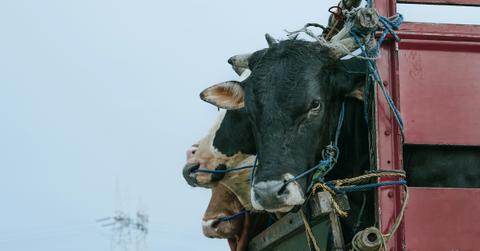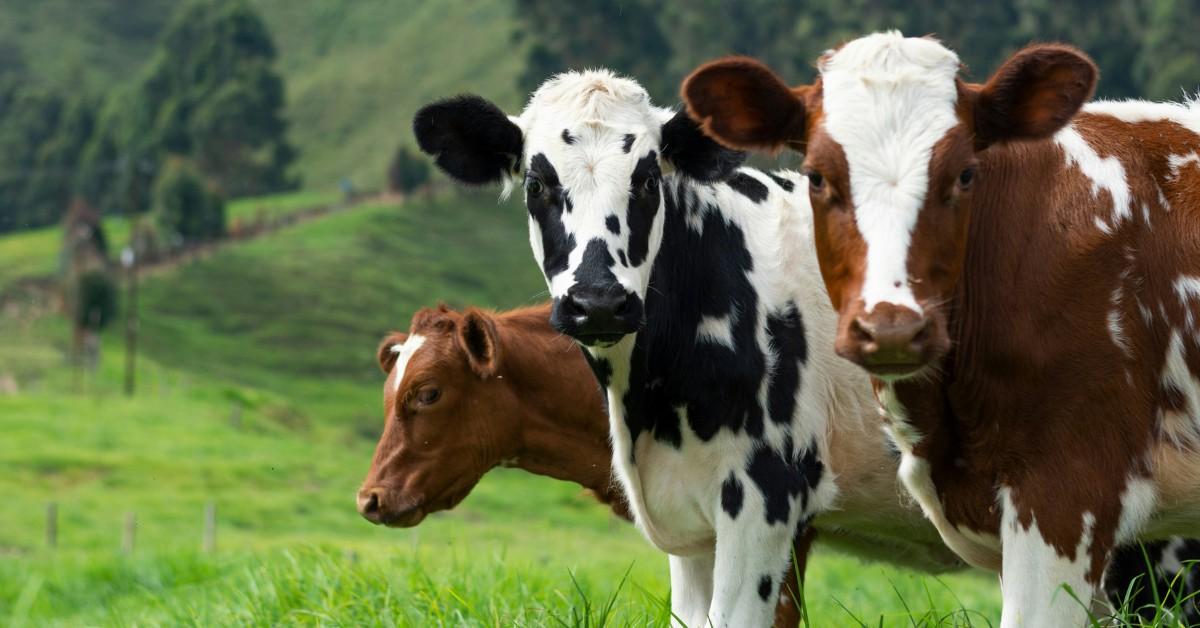U.S. Border Closed Due to a Flesh-Eating Parasite Transmitted By Cattle — What to Know
The U.S. is no stranger to the New World screwworm fly.
Published July 11 2025, 4:20 p.m. ET

In May 2025, the U.S. Department of Agriculture (USDA) requested that the southern U.S. border be closed to livestock from Mexico. The decision was made after a flesh-eating parasite was identified in cattle in the country, prompting the USDA to share its concerns about how the U.S. beef industry could be affected if the parasite made its way north.
The New World screwworm fly is behind the USDA's decision to make the unusual move, and it's not the first time the fly has landed on U.S. soil. Keep reading to learn more about the pest.

New World screwworm fly concerns prompt border closure.
News that the New World screwworm fly had moved further north than previously thought prompted U.S. officials to close the border, according to the Associated Press. The concern is that incoming cattle could bring the fly larva into the country, which could put the Texas beef industry in grave peril due to the potential for an outbreak.
The USDA is especially concerned about this, since something similar happened decades ago, which was behind the initial closure. On June 30, 2025, the USDA announced that it would begin a phased reopening, with three ports to open in July, and another two to be opened by September 15.
Unfortunately, before any progress could be made towards reopening the borders, it was discovered that the flies had migrated much further north than expected.
In fact, the fly was detected as close as 370 miles from the Texas border, producing strong words from the UDA Secretary Brooke Rollins, who issued a statement about the ongoing issues on July 9, 2025.
“The United States has promised to be vigilant,” Rollins said. “Thanks to the aggressive monitoring by USDA staff in the U.S. and in Mexico, we have been able to take quick and decisive action to respond to the spread of this deadly pest.”
But, not everyone thinks that the U.S. reaction has been appropriate. According to the Associated Press, Mexican President Claudia Sheinbaum believes that the U.S. is overreacting and exaggerating the threat from the New World screwworm fly.
What countries are affected by the New World screwworm fly?
To the USDA's Animal and Plant Health Inspection Service says that the flesh-eating parasite can be found in several different places like South America, and it's considered endemic in places like the Dominican Republic, Haiti, Cuba, and Mexico.
What is the New World screwworm fly?
If you've never heard of the fly before, you're not alone. That's because the flesh-eating parasite was deemed eradicated in the 1970s after officials created a sterile male fly to breed with females, killing out the population.
They worked so diligently on eliminating the pest because of the fly's unusual feeding practice, which involved laying eggs in the exposed wounds of warm-blooded creatures, which would then hatch and feed on the live animal's flesh.
Both Mexico and American lawmakers are working to come up with a plan to thwart the continued spread of the fly population, which includes a Mexican plan to spend around $30 million on new breeding spots for sterile males, while the U.S. plans to open a cite in Texas to run their own counter fly breeding program.
As of the time of publication, there were no guidelines on when the U.S. planned to open the border back up to imported cattle.